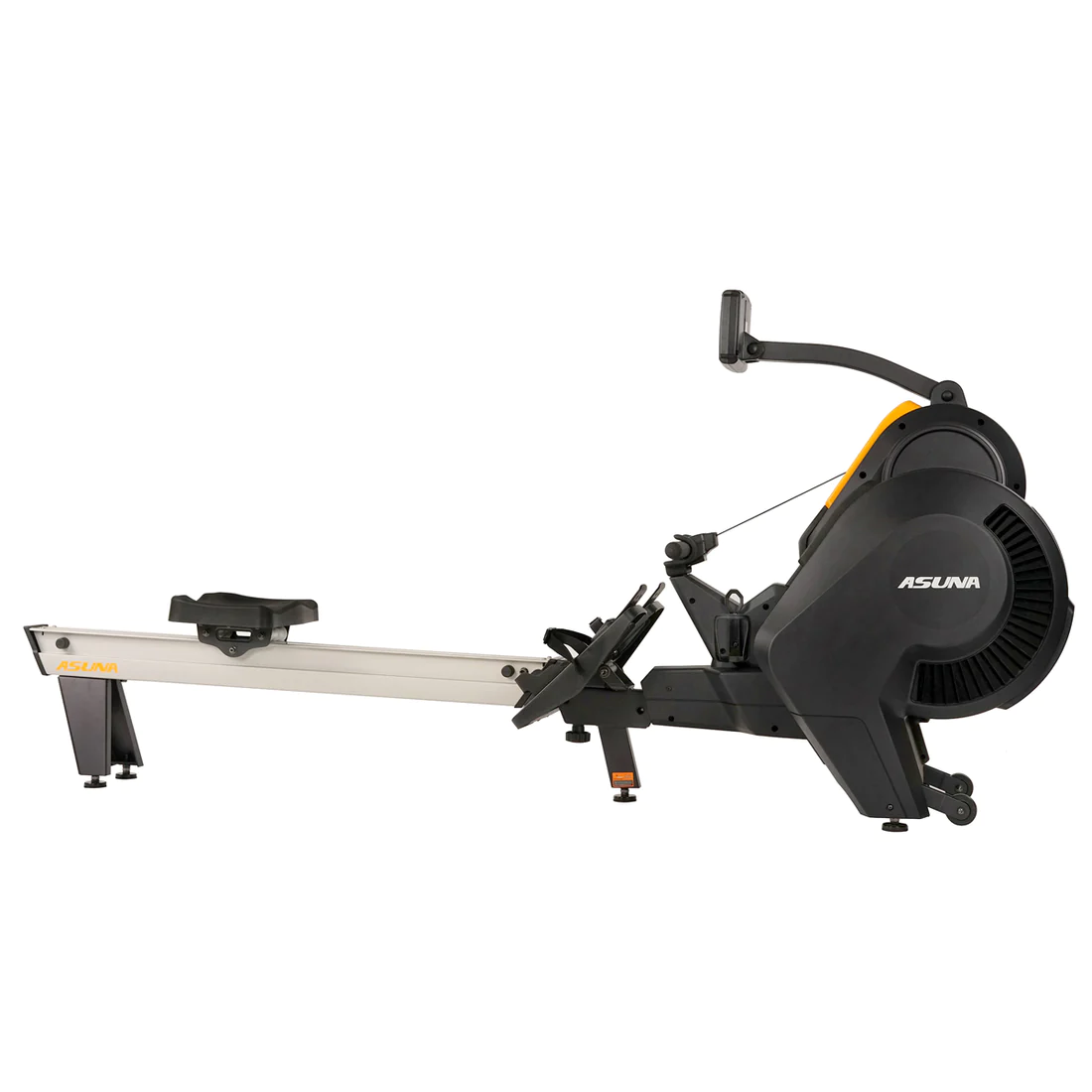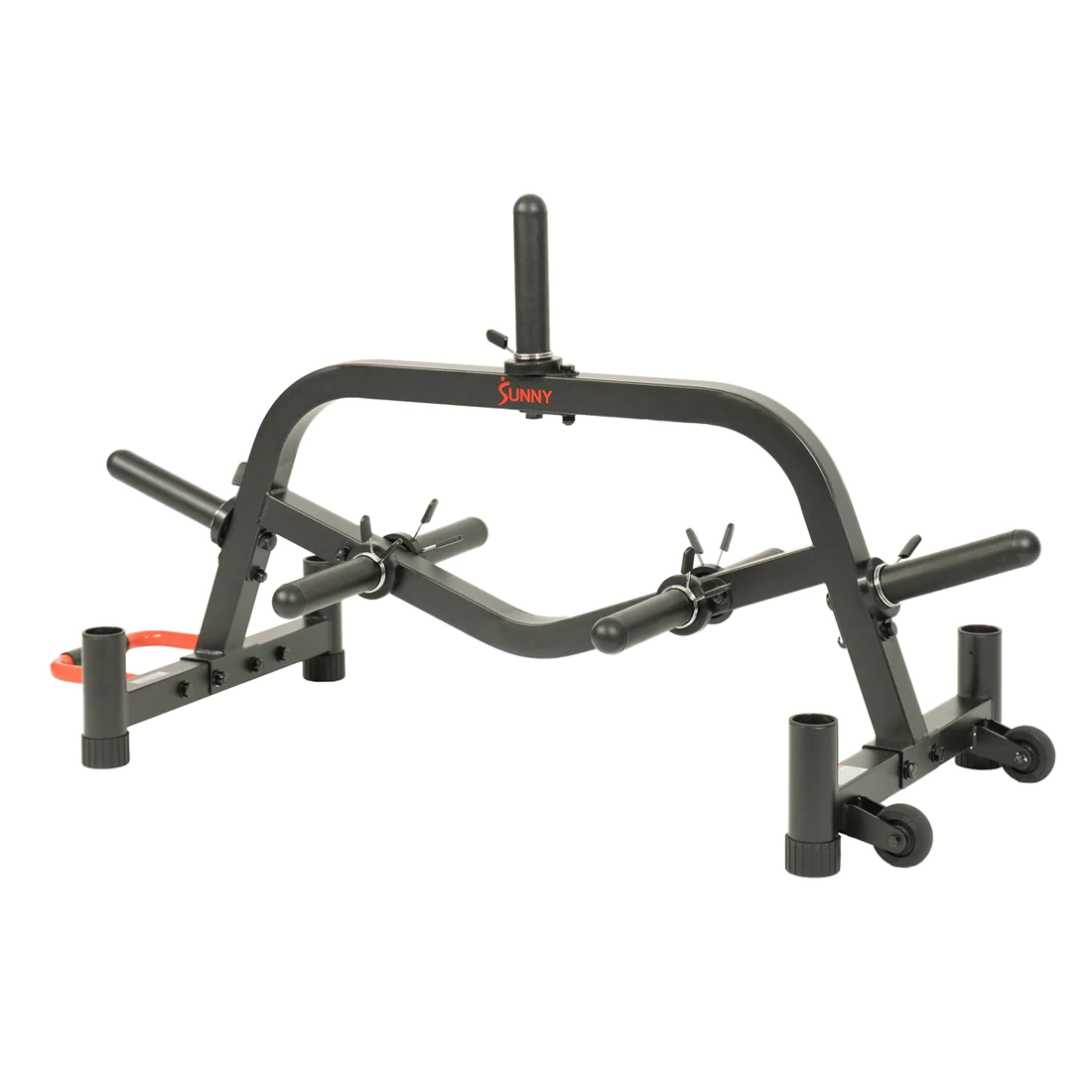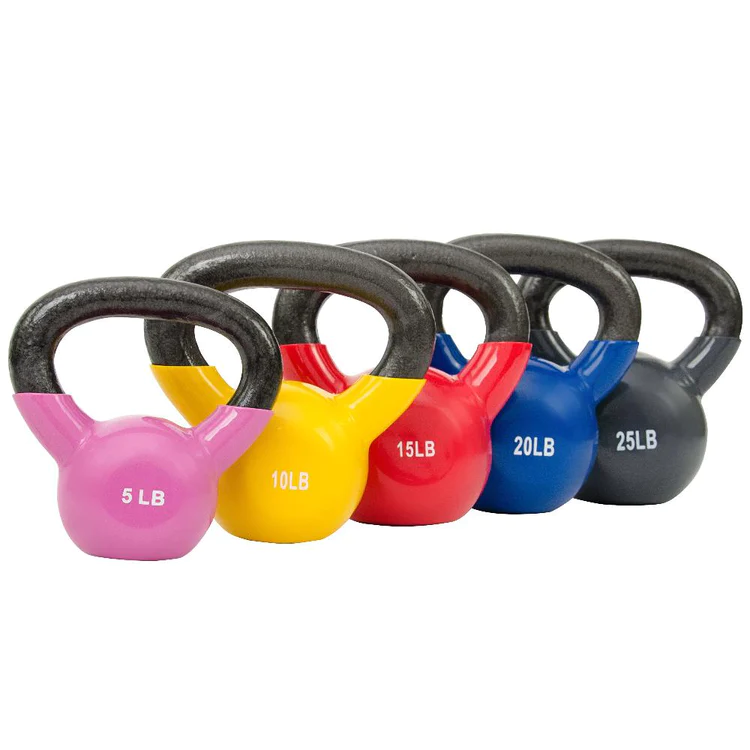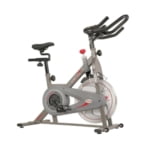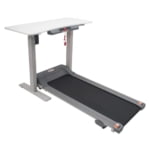Jump Rope Fitness: Ultimate Guide
Welcome to the exhilarating world of jump rope fitness! Whether you’re a newbie or a seasoned pro, this comprehensive guide will take you from the starting point to the finish line, unlocking the incredible benefits of this dynamic cardio exercise.
Jump Rope Workout: Step-by-Step Guide
Now that you’re armed with the knowledge, let’s dive into the step-by-step guide for an effective jump rope workout. Whether you’re a beginner or looking to elevate your routine, here’s your roadmap to maximize the benefits of this fantastic cardio exercise.
Step 1: Choose the Right Jump Rope
Begin by selecting a jump rope that suits your height. Stand on the middle of the rope, and the handles should reach your armpits. Opt for a lightweight and adjustable rope for optimal control and comfort.
Step 2: Warm-Up Dynamically
Prepare your body for action with a dynamic warm-up. Perform light jumping jacks, high knees, and arm circles for 5-10 minutes. This increases blood flow to your muscles and enhances flexibility, reducing the risk of injury.
Step 3: Master the Basic Jump
Start with the fundamental jump. Hold the handles at hip height, elbows close to your body. Rotate the rope using your wrists, not your entire arms. Jump just high enough to clear the rope, landing softly on the balls of your feet.
Step 4: Gradually Increase Intensity
Once comfortable with the basic jump, intensify your workout. Incorporate variations like high knees, double unders, or crisscross jumps. Challenge yourself with intervals of increased speed and higher intensity to boost calorie burn.
Step 5: Maintain Proper Form
Focus on maintaining good form throughout your workout. Keep your core engaged, shoulders relaxed, and gaze forward. Land softly to minimize impact on your joints. Consistent form ensures an effective and safe workout.
Step 6: Include Interval Training
For a more challenging session, integrate interval training. Alternate between periods of high-intensity jumps and active rest or slower-paced jumps. This approach enhances cardiovascular fitness and promotes fat loss.
Step 7: Cool Down and Stretch
Don’t skip the cooldown. Finish your session with 5-10 minutes of light jumping or brisk walking to gradually lower your heart rate. Follow up with static stretches, focusing on your calves, hamstrings, and shoulders to improve flexibility.
Step 8: Track Your Progress
Keep a workout journal or use fitness apps to monitor your progress. Note the duration, intensity, and any variations you incorporate. Tracking helps you set goals, stay motivated, and celebrate your achievements.
Step 9: Stay Consistent and Enjoy!
Consistency is the key to success. Aim for at least 3-4 sessions per week, gradually increasing duration and intensity. Most importantly, have fun with your jump rope workouts. The more you enjoy it, the more likely you’ll stick with it!
Now that you have the roadmap, lace up your shoes, grab your jump rope, and embark on a journey of fitness, fun, and endless energy!

Benefits of Jump Rope Cardio
1. Improved Cardiovascular Health
Jumping rope is an excellent cardiovascular exercise that gets your heart pumping, improving blood circulation and overall heart health. Just 15-20 minutes a day can make a significant difference, reducing the risk of heart disease.
2. Full-Body Workout
Engage multiple muscle groups with each jump, toning and strengthening your legs, arms, and core. It’s a complete workout that not only burns calories but also builds lean muscle, helping you achieve a well-rounded and fit physique.
3. Enhanced Coordination and Agility
Jump rope workouts require precise coordination between your hands and feet, improving overall motor skills and agility. This benefit extends beyond the workout, enhancing your daily movements and athletic performance.
4. Weight Loss and Fat Burning
Get ready to torch calories! Jumping rope is an effective way to burn fat and shed those extra pounds. The high-intensity nature of this workout boosts your metabolism, turning your body into a fat-burning machine.
5. Budget-Friendly and Portable
Unlike expensive gym equipment, a jump rope is affordable and portable. You can take it anywhere, making it easy to stay committed to your fitness routine, whether you’re at home, in a park, or traveling.
Frequently Asked Questions (FAQ)
Q: How long should my jump rope sessions be?
A: For beginners, start with 10-15 minutes and gradually increase to 20-30 minutes as your stamina improves. Quality over quantity is key, so focus on maintaining a consistent and challenging pace.
Q: Can anyone do jump rope cardio?
A: Absolutely! Jump rope workouts are suitable for all fitness levels. Modify the intensity based on your fitness level, and consult with a healthcare professional if you have any existing health concerns.
Q: What type of jump rope should I use?
A: Choose a lightweight and adjustable jump rope. This allows you to customize the length to your height, ensuring a comfortable and effective workout. Consider a speed rope for more advanced routines.
Q: How often should I do jump rope cardio?
A: Aim for at least 3-4 sessions per week to experience the full benefits. Consistency is key, so find a schedule that works for you and make it a habit.
Q: Any tips for avoiding injuries?
A: Land softly on the balls of your feet, keep your knees slightly bent, and maintain good posture. Start with shorter sessions, and gradually increase intensity. If you experience pain, give your body time to recover.





